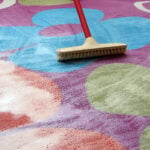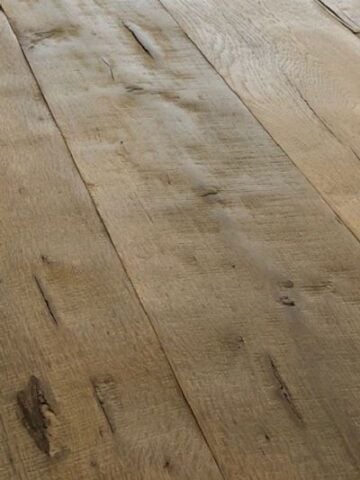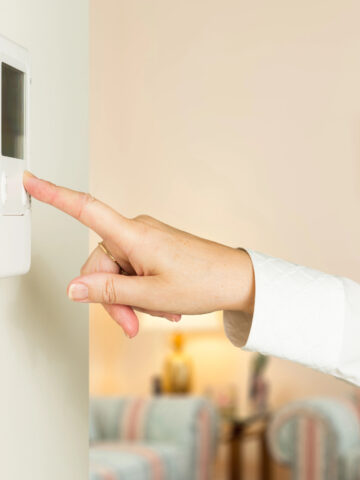Discover essential ways for maintaining vinyl siding with my top 10 strategies to keep it looking vibrant and extend its lifespan. From regular cleaning to professional inspections, learn how to protect your investment effectively.
Hi beauties!! So, you went with vinyl siding for your castle, and let me tell you, you've made a solid choice. It's like the chameleon of exteriors – durable, looks sharp, and doesn't demand a ton of your attention. But, and there's always a but, it doesn't mean you can slap it on and forget about it. A little TLC goes a long way to keep it looking snazzy and doing its job.
Now, before you think maintenance means your weekends are gone, take a chill pill because it's not that dramatic. We've got some tips that are all about keeping it simple and smart. Imagine having siding that stays as fresh as the day you got it, without breaking a sweat. That's what I'm aiming for – making neighborhood heads turn for all the right reasons.
Picture this: you, enjoying that cup of joe on the porch without a worry in sight, especially not about your siding. That's the vibe we're channeling as we share these top ten nuggets of wisdom for vinyl siding care. Whether you're a DIY warrior or just looking to stay savvy on the upkeep, these pointers will set you up for success. So, let's dive in and get those vinyl vibes flowing!
How to Maintain Vinyl Siding:
Vinyl siding is a popular choice for many homeowners due to its durability, affordability, and low maintenance. However, to keep it looking its best and to extend its lifespan, some care is required. Here are ten essential tips for maintaining your vinyl siding, ensuring it continues to protect and beautify your home for years to come.
1. Regular Cleaning
Regular cleaning is crucial for maintaining the appearance and longevity of vinyl siding. Use a soft cloth or a long-handled, soft-bristled brush to gently clean the surface with a mixture of water and mild detergent. For larger homes, a power washer set to the lowest pressure can be used, but always spray directly at the siding to avoid water seeping behind the panels. Check out my tutorial on how we clean our vinyl siding every year!
2. Prompt Stain Removal
Address stains from algae, mildew, or other sources immediately. Specific cleaners designed for vinyl siding are available, or you can make a solution of 30% vinegar and 70% water. For tougher stains, a mixture of ⅓ cup powdered laundry detergent, ⅔ cup powdered household cleaner, one quart liquid laundry bleach, and one gallon of water may be effective.
3. Check for Damage Regularly
Inspect your siding regularly for any cracks, dents, or signs of damage. Addressing small issues promptly can prevent more significant problems, such as water intrusion, down the line.

4. Trim Around Vinyl Siding
Keep bushes, trees, and shrubbery trimmed back from your home. Overgrown vegetation can scratch or even puncture your siding. It also holds moisture, which can encourage mold and mildew growth.

5. Keep Grills and Heat Sources Away
Vinyl siding can melt or warp when exposed to high temperatures. Ensure that barbeque grills, outdoor heaters, and other heat sources are safely distanced from your home’s walls.
6. Prevent Fading
While vinyl siding is resistant to fading, prolonged exposure to the sun can eventually take its toll. Consider planting shade trees or using protective window coverings to minimize direct sunlight on your siding, especially on the sides of your home that face the sun most directly.
7. Paint with Care
Should you decide to refresh your home’s appearance with paint, select a paint formulated for use on vinyl siding. Remember that darker colors absorb more heat and can lead to warping, so it’s advisable to choose colors similar to or lighter than your siding’s original shade.
8. Quick Fixes for Small Cracks
Small cracks can sometimes be repaired with caulk designed specifically for exterior use. However, be sure to clean the area thoroughly and allow it to dry completely before applying caulk.
9. Proper Installation of Fixtures
When installing lights, hose reels, or other fixtures, do not tighten screws too much, as vinyl needs room to expand and contract with temperature changes. Instead, use siding mounting blocks that accommodate this movement.
10. Professional Inspection
Consider having your siding inspected by a professional every few years. They can spot potential issues you might miss, offer specialized maintenance advice, and perform repairs that might be beyond the scope of DIY efforts.
By following these ten maintenance tips, your vinyl siding will continue to serve its purpose while keeping your home looking beautiful. Remember, a little effort goes a long way in protecting this essential investment in your home’s curb appeal and structural integrity.
Until next time,




























Leave a Reply